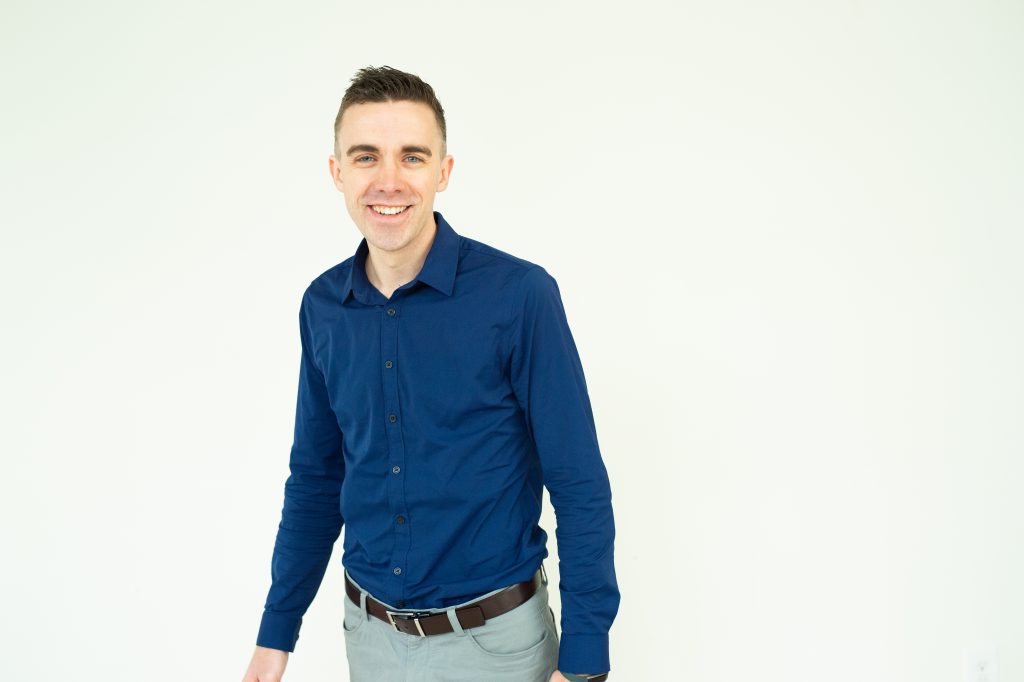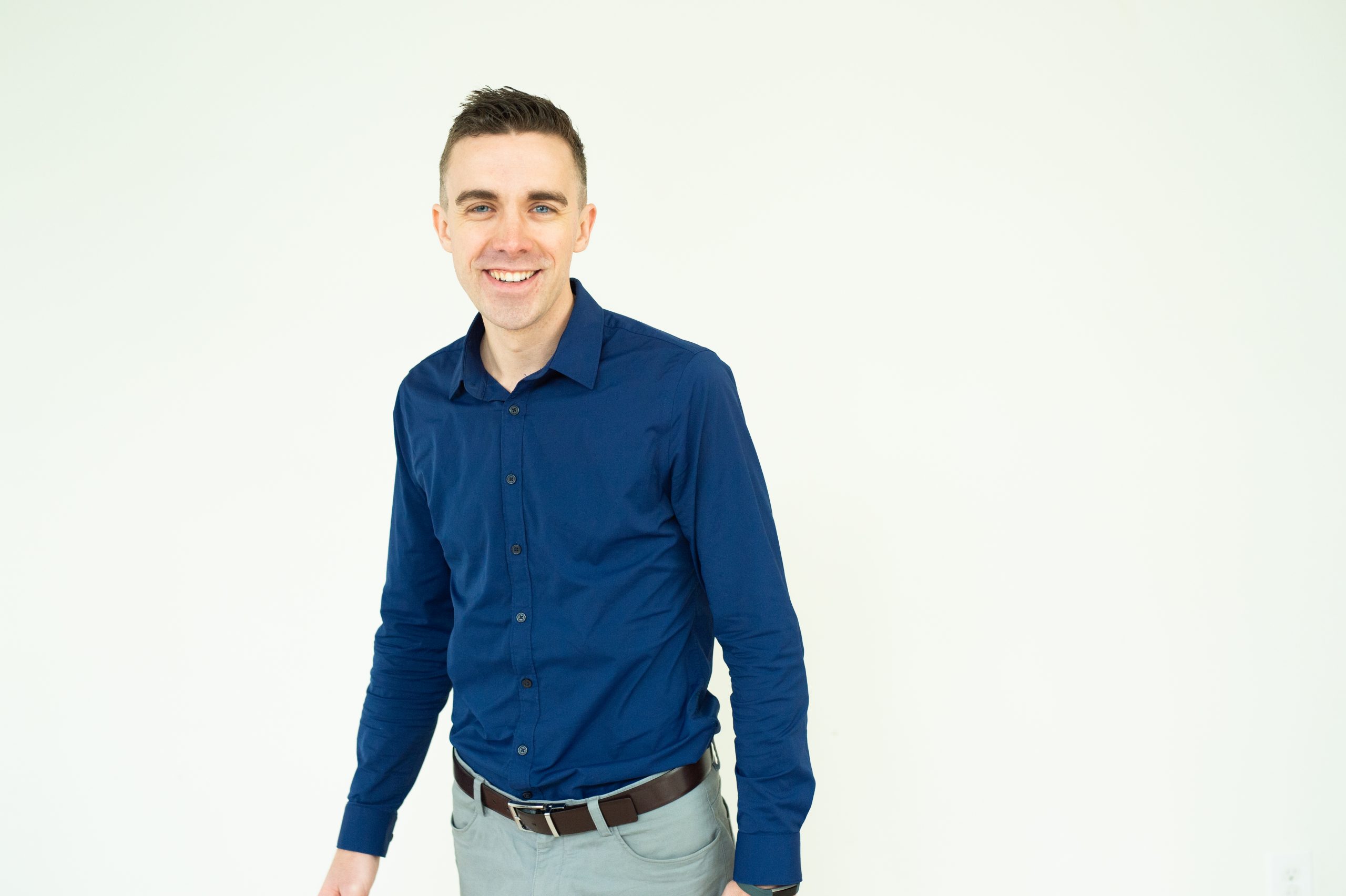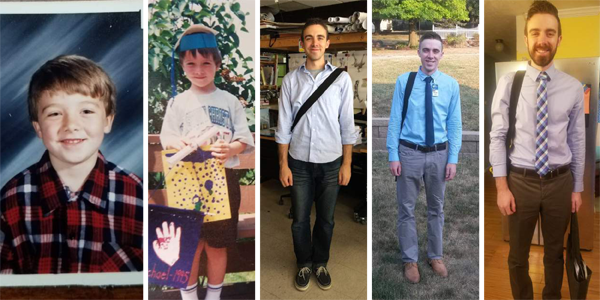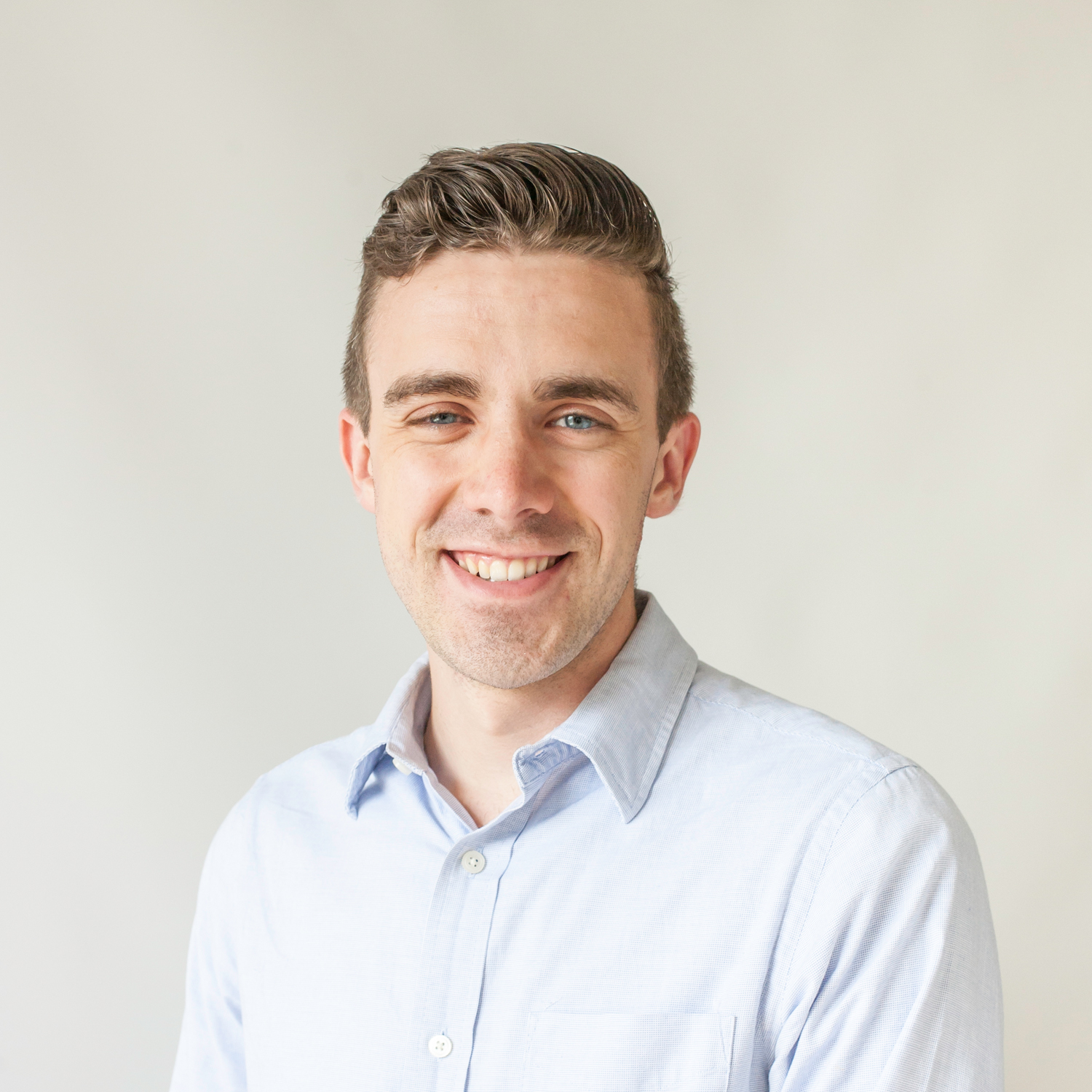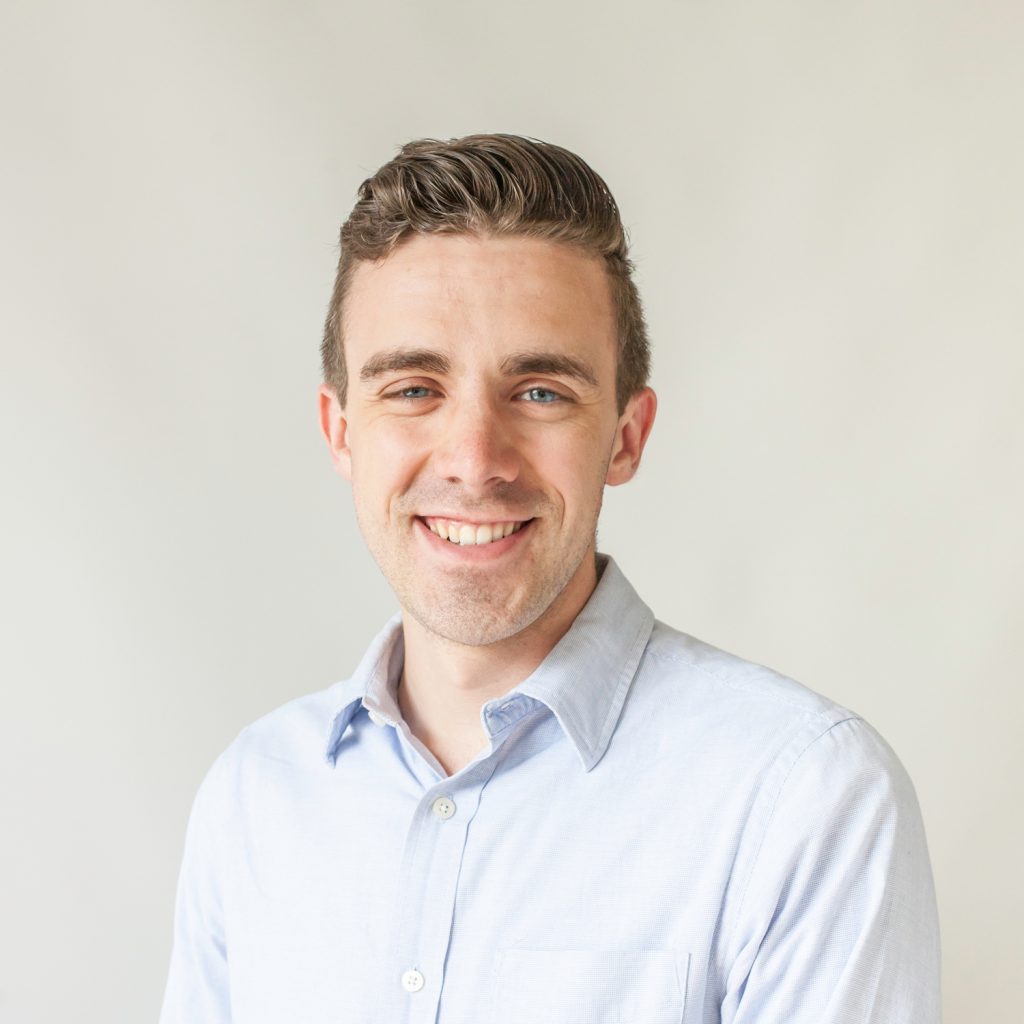I am fascinated by unfinished things and infuriated by them too. The potent imagination of kids’ drawings, chunky with crayon dust but also just a little bit off-center (or a lot). Out-of-scale pen sketches scattered on the conference table, next to the napkin and two plastic cups from lunch. The drawings of Julie Mehretu and Sol DeWitt, the cut-short excellence of Chadwick Boseman and Virgil Abloh, the drips of Jackson Pollack, that idea you had in design school that was SO GOOD if only you could just sit down and work on it again—maybe next weekend? The list from that coordination meeting last week with the engineers, that will have to wait for this phone call after you get back from your dentist appointment. The world we inhabit is always being done and undone, and architecture is perpetually the business of unfinished things—of phases, substantial completions, deferred maintenance, term contracts, weathering, kickoff meetings.
When I began my term as Associate Director in December 2019, my world was moving between major chapters. Our first board meeting coincided with my last day at a previous job before I moved to a new city a month later to start a new job. Our conference chairs were much closer together too. In my role representing unlicensed professionals across the Commonwealth, I expected far too much of my own capacity (what else is new?). Over my two years, I would meet with student leaders at each of our accredited schools—Hampton, VA Tech, UVA, WAAC—and connect these fascinatingly talented young academic leaders. I would convene quarterly conference calls with emerging professionals from each of our five regions, and the magic dust of synergy would ensue. I would finish my exams, and help others finish theirs. I would chat at happy hours, email everyone about site tours and study groups, celebrate at ArchEX and Art of Practice and Design Forum, and so many other things.
Some of those things happened, sort of, a little bit. March 2020 saw the earth move under us, and most of us headed home for far longer than planned. Our projects and firms stayed afloat, mostly, but fractured the idea of how and where architecture gets done. We reimagined our programs. We all floundered, we all adjusted, and we mostly finished a great many things, in this confounding, evolving (design) world. All my expectations shattered, in the board work of virtual programming, digital meets, budget analyses, and resource allocation, and keeping the flame alive for young professionals caught in a world of architecture they did not sign up for. We had to pause when our careers were just beginning, with little security as the bulk of our professional lives was mostly unfinished.
And yet, I am inspired by the persistence and skill of our emerging professionals, leading the way through the fog of change over the last two years. I am inspired by my mentee (who was connected to me through the Reach Retain Develop program), a student at Virginia Tech, who inspired me with his imaginative and excellent projects, mostly executed from a dorm room. I am inspired by our AIA VA staff, who turned the backpack burden of virtual programming into a jetpack, getting us to glimpse what our new world will be as an organization. I am inspired by protests, by marches, by expanding my understanding of what an architect can be. I am inspired by John Spencer, Robert Easter, Pascale Sablan, NOMA. I am inspired by the increasing visibility of LGBT designers, of powerhouse women principals, of working-class architects in rural areas, of architecture in service to the least of these. I am inspired by the unfinished work of making our profession more diverse, more inclusive, more impactful.
Like so many things, when we come to the formal end of them, I wish my term of service would have looked different. I wish I could have met many more of you–our membership–and see your smiling faces and learn about your hard-won projects, your dreams for how architecture in Virginia can be more equitable and beautiful. I wish I had done more, but celebrate the wins–the successful virtual programs, the reinvention of YAFCon, the tremendous pivots of design students and educators, the reinvigorated mentoring networks–as well as the opportunity of unfinished things. As I look at my growing to-do list today—which grows faster than I can yellow things out—I am grateful for the optimism of Caitlin Morgan (our next Associate Director) and the experience and voice she brings to serve our members. We are in good hands.
Thanks for your time, your commitment, and your investment in the AIA. May we be grateful for the gift of expecting big things, of working hard at work worth doing.
In solidarity and action,
Michael Spory, Associate AIA
spory@vmdo-dc.com

